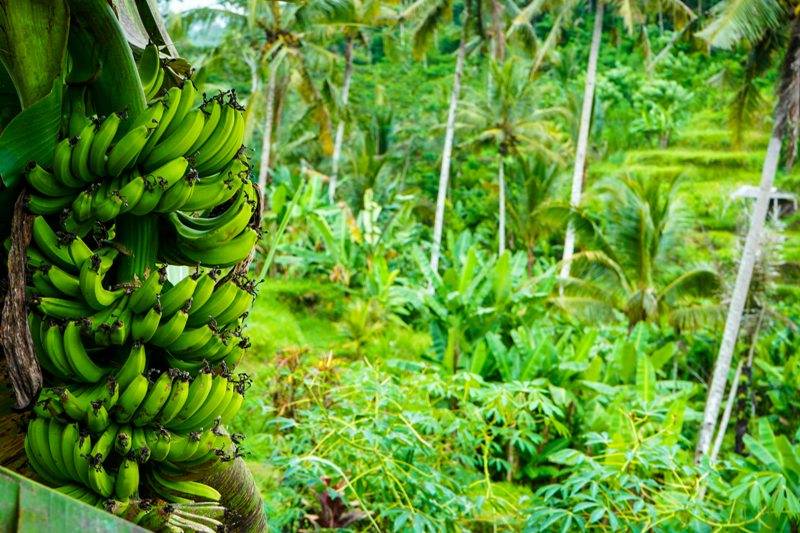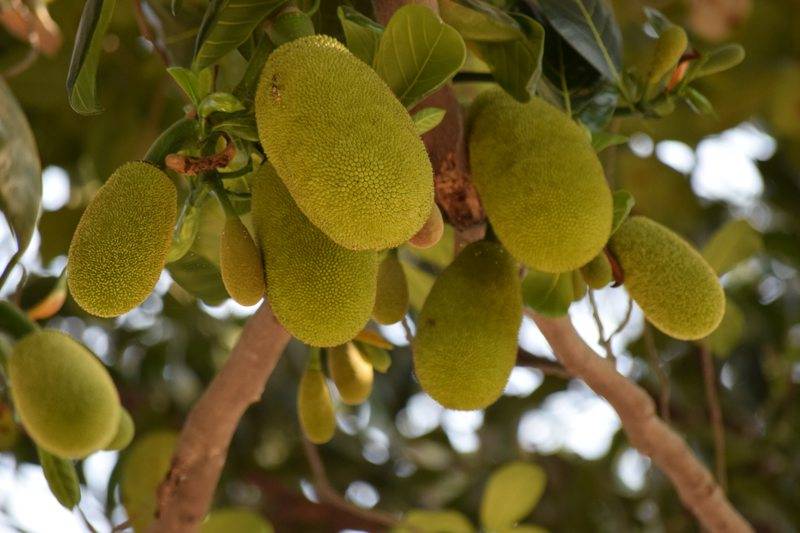
The quarantine and the lockdown quintessentially takes me back to the thoughts of THODI aka BACKYARDS at the Kerala home. When in Lockdown what we only think of is to how to get food, how to get clean food and nutritious at the same time. Haven’t we come a long way in terms of being away from whole foods to fat filled burgers and pastas? There was a time when we used to eat food grown in the backyards and we still have many a backyards in Kerala. The idea of local is a novelty these days as to everything local is given a stamp of modernity and are available right in the supermarkets. We really don’t know how to choose and what to choose and we choose broccoli over the red amaranth or the papaya.
Living close to nature is what has been practiced and at any given point of time we always yearn to go back to the warmth of our Backyards /THODI. Most homes have spaces at the back of their homes and where we could find Jackfruits in abundance, Mango trees, Coconuts and Moringas. Walking in between the little grasses to find fallen mangoes to a bunch of green bananas or pluck a handful of moringas are always better. Coming monsoons, its lush and green and we are in for a surprise every morning. Thodis were also responsible for ruffling up a quick nutritious meal.

Backyards help us achieve self sufficiency at any given point of time in COVID or not in COVID situations,they are sustainable, they are the backbones of nutrition. These Simple backyards have a numerous array of varieties and species of medicinal and nonmedicinal plants and trees growing on its own without any external inputs. Can we call this a Food Forest? The Modern Era calls it Food Forear. These resemble the backyards. This can also be called a Natural Farm, since none of these are cultivated except the trees that have been maintained for 3-4 years and the rest grows on its own. Can’t they be called a agroforestry model? Yes they can be because we would have some trees like mahogany and teak growing alongside the fruit trees.
According to a report by PRADAN, on BADIS, it is so said that they are invariably found in all tribal householdsBadi would be cultivated with maize, millets and some vegetables like papayas or moringas, some perennial vines like ivy gourd, ash gourd etc and sometimes a small nutrition garden, all of which provide a critical supply of cash and food items at times of need. Badis provide the space for backyard poultry rearing as well. Situated just at the backyard of a house, women in the household conveniently access Badis. To the land-poor households, Badi is the only productive piece of land. These features make the Badi a priceless resource for rural tribal farmers, particularly women. Many research conducted around homesteads and its multifaceted role in the wellbeing of rural households also support this argument. The Chhattisgarh government, for instance, recognizing its importance has made Badi development a point in their flagship programme called Badi development a point in their flagship programme called NGGB (NarwaGaruaGhuruaBadi) and has already started work in this direction issuing guidelines around how to develop Badis.
Government incentives to develop the so called Back yard home gardens also should actually bring in changes in the direction of Food Security and Nutrition in these challenging times of Weather and Pandemics.









